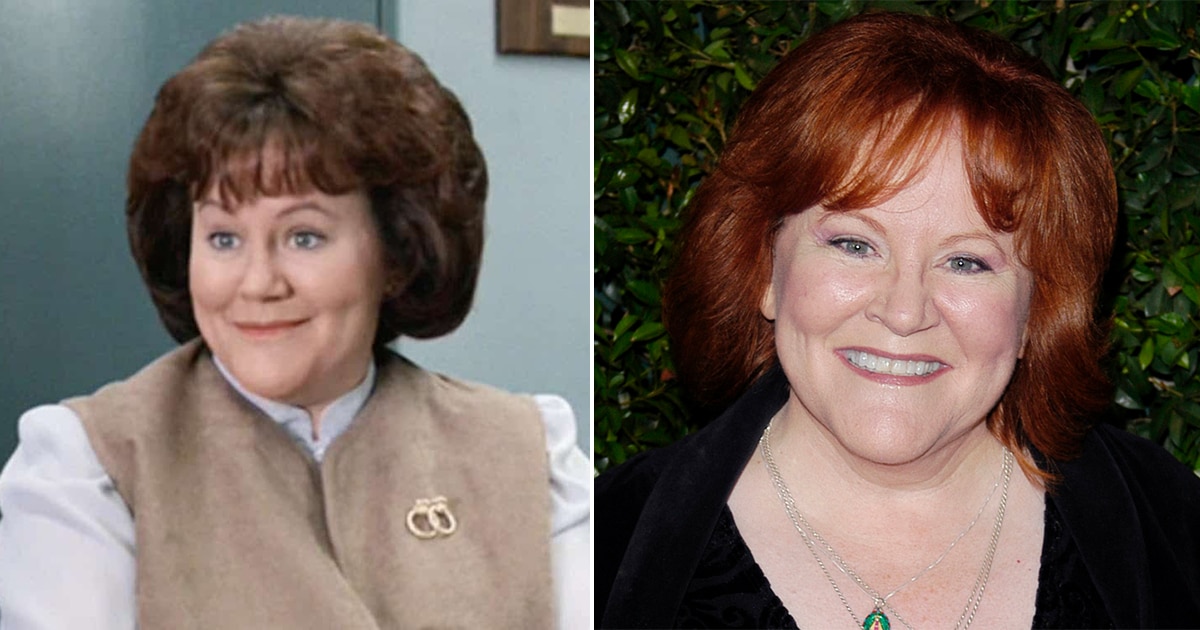Ferris Bueller’s Day Off is one of the best-loved comedies of the 80s. Starring Matthew Broderick and Jennifer Grey, it’s the story of an ingenious student who goes to massive lengths to play truant with his girlfriend and best buddy.
Filled with genuinely laugh-out-loud moments, and then a few scenes that leave you with a real lump in your throat, this is the perfect feel-good film and a go-to flicks for when you’re feeling a bit down and need cheering up. Join us now as we look at some facts that you probably didn’t know about writer-director John Hughes’ 1986 comedy classic.
20. Charlie Sheen stayed awake for 48 hours to convincingly play his hard-partying character
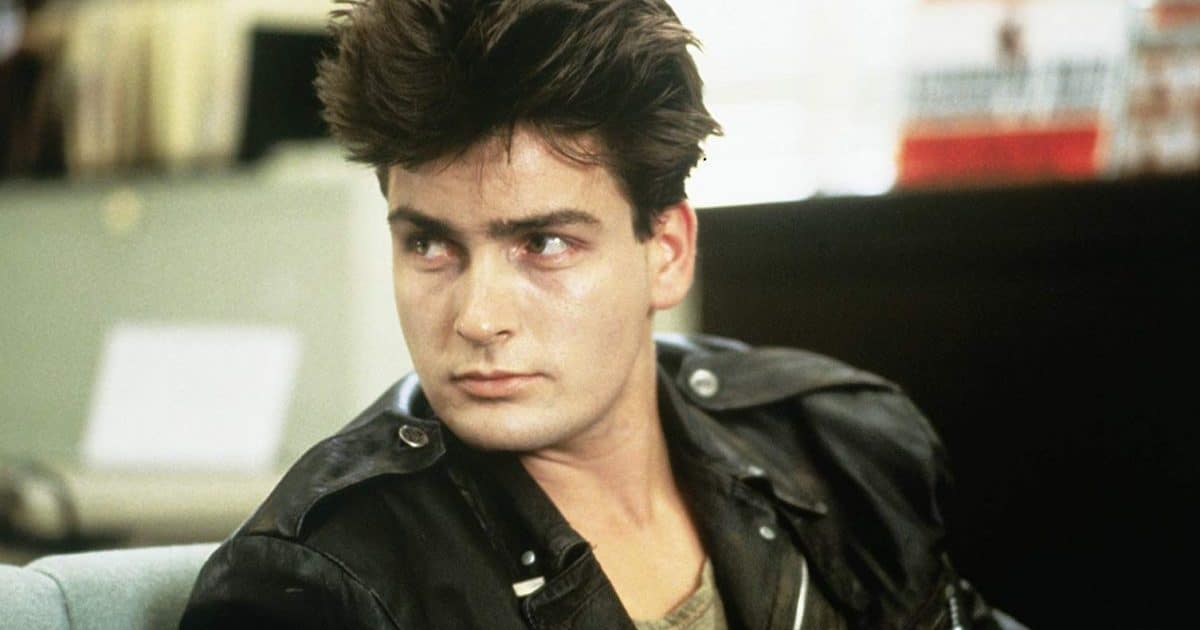
A 20-year-old Charlie Sheen makes a brief but memorable appearance in Ferris Bueller’s Day Off as Garth, a drug addict at the police station. Sheen played the scene opposite Jennifer Grey as Jeannie Bueller. Sheen and Grey had previously co-starred in 1984’s Red Dawn, and Grey herself suggested Sheen for the role.
Charlie Sheen (whose brother Emilio Estevez previously worked with director John Hughes on 1984’s The Breakfast Club) reportedly went a bit method in order to stand out in his brief role. In order to achieve the drugged-out look and feel required, Charlie Sheen stayed awake for around 48 hours before he played the scene.
19. The scene in which Grace impersonates Dean Rooney was improvised
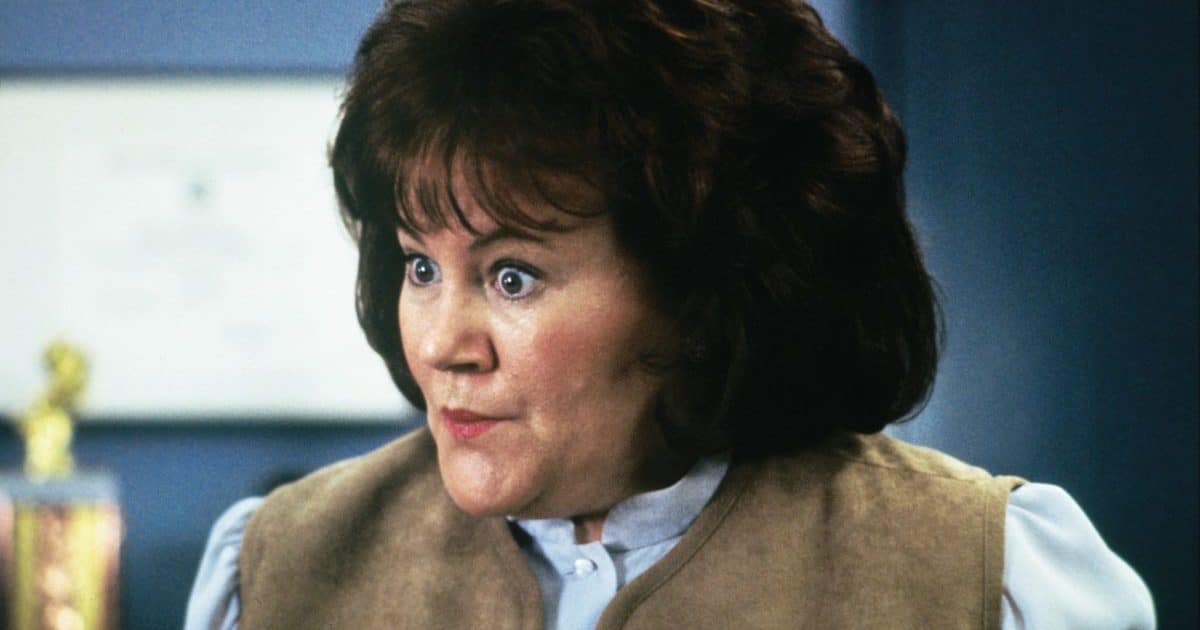
While writer-director John Hughes took pride in his scripts, he was also very happy to incorporate additions from his actors. A lot of improvisation took place between Jeffrey Jones’ Shermer High School Dean Ed Rooney, and Edie McClurg as his secretary Grace. The scene in Rooney’s office in which the cantankerous Dean believes he has caught Bueller on the telephone was almost entirely ad-libbed.
Some of the most memorable improvisations came from McClurg’s Grace, such as when she attempts to impersonate Rooney over the phone. McClurg also contributed one of the film’s most memorable lines, explaining Ferris’ popularity: “The sportos, the motorheads, geeks, sluts, bloods, wastoids, dweebies, d***heads – they all adore him. They think he’s a righteous dude.” Now there’s a line you couldn’t copyright!
18. Ferris’ parents became a couple in real life – as did Ferris and his ‘sister’
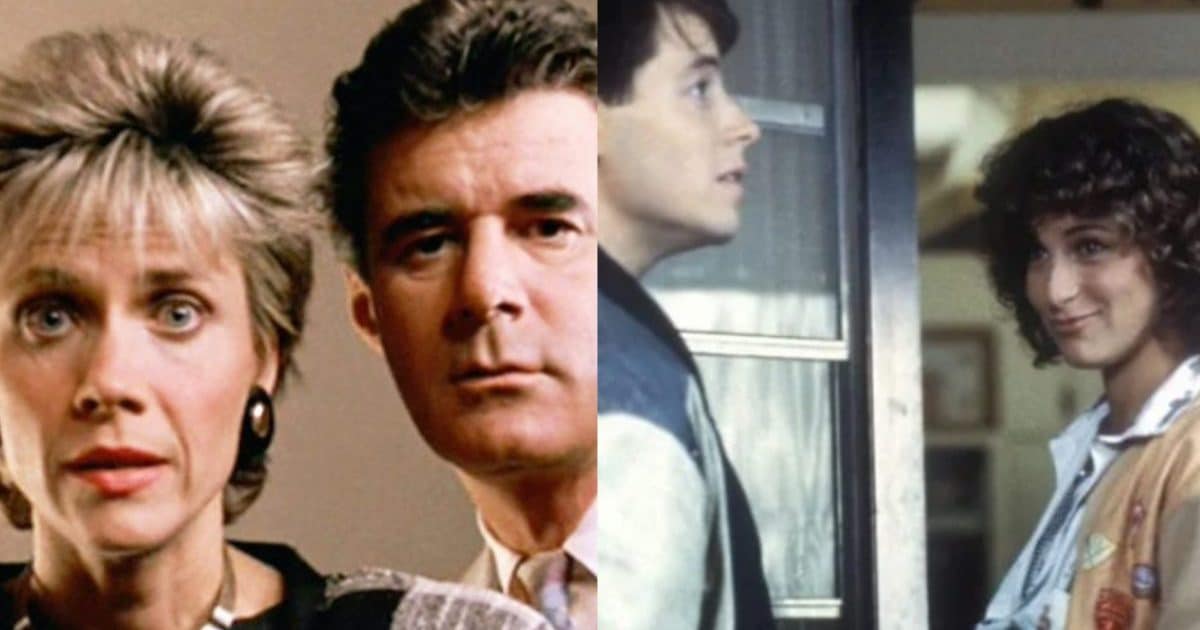
There are no shortage of instances of co-stars going on to become couples in real life, and this happened twice over on this set. Actors Cindy Pickett and Lyman Ward, who play the doting Bueller parents, went on to marry for real. The couple wed in 1986, the same year the film was released, but divorced in 1992.
They may be siblings in the film, but Matthew Broderick and Jennifer Grey also quietly became a couple during production. Their discreet relationship was made public under tragic circumstances in 1987, when the couple were involved in a traffic collision which resulted in the deaths of the driver and passenger in the other car.
17. Most of the lead actors were older than their teenage characters

As has long been commonplace in films centred on high schoolers, the bulk of the cast were in fact far older than their characters. Ferris and his best friend Cameron are both meant to be 18, but in reality Matthew Broderick had not long since turned 24 when the movie opened, whilst Cameron actor Alan Ruck was already almost 30.
The only actor of the core trio close to their character’s age was Mia Sara, aged 18 when playing 17-year-old Sloane. As for Jeanie, her age is never specified and is the cause of some debate among fans (many of whom argue the Buellers are twins) – but Jennifer Grey was definitely past high school age, being 26 at the time.
16. Molly Ringwald auditioned for the part of Sloane
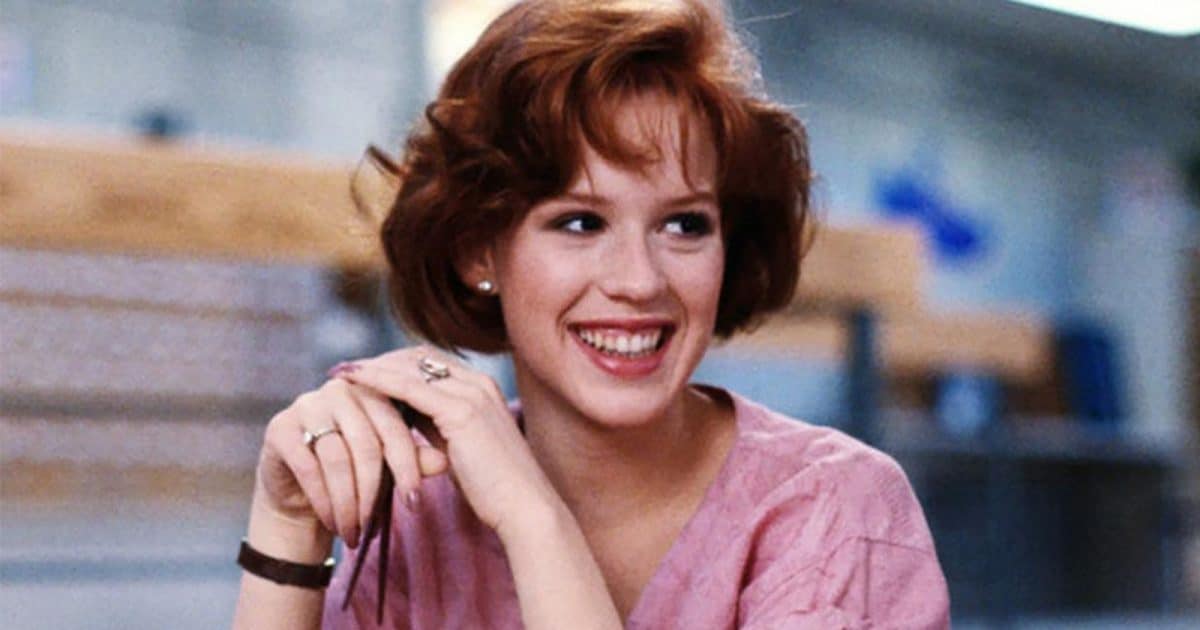
Molly Ringwald has long been described as Hughes’ muse. She took the lead in his 1984 directorial debut Sixteen Candles, followed by The Breakfast Club< (both of which co-starred Hall). However, there hadn’t been a role suitable for Ringwald in Hughes’ third film, 1985’s teen boy fantasy Weird Science – in which Anthony Michael Hall took the lead.
It makes sense, then, that when the role of Sloane came up, Ringwald threw her hat into the ring. Ringwald didn’t win the role, however, and the actress says it was because John Hughes “wouldn’t let me do it. He said that the part wasn’t big enough for me”. Instead, 1986 saw Ringwald appear in Pretty in Pink, which was written by Hughes but directed by Howard Deutch.
15. Ferris and Dean Rooney never talk to each other in the film
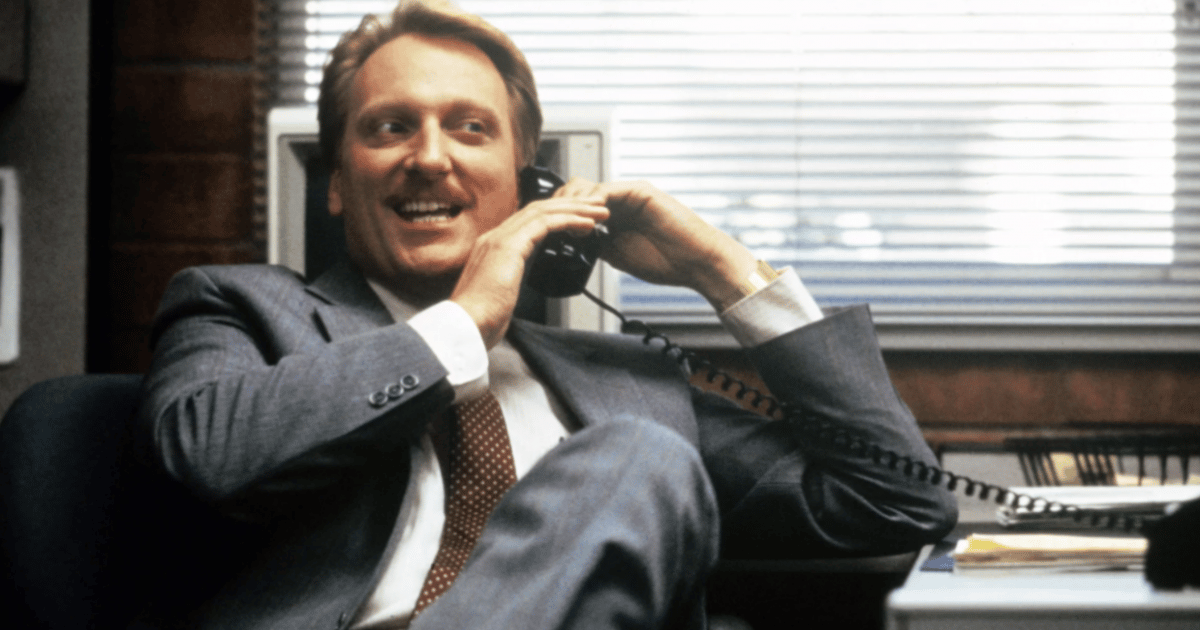
Even though Ferris and Dean Rooney have one of the most memorable hero-villain relationships of 80s teen flicks, actors Matthew Broderick and Jeffrey Jones share the camera very few times in the film. In fact, at no point in the movie do the two characters directly speak to one another.
Ferris speaks to Rooney over the phone, but the Dean of Students does not reply. Rooney also ‘speaks’ with his rival when ringing his doorbell, only to realise he’s talking to a recording. Finally, the two meet face to face at the climax, but only Jeanie speaks.
14. Ferris’ synthesizer would have cost the same as a car
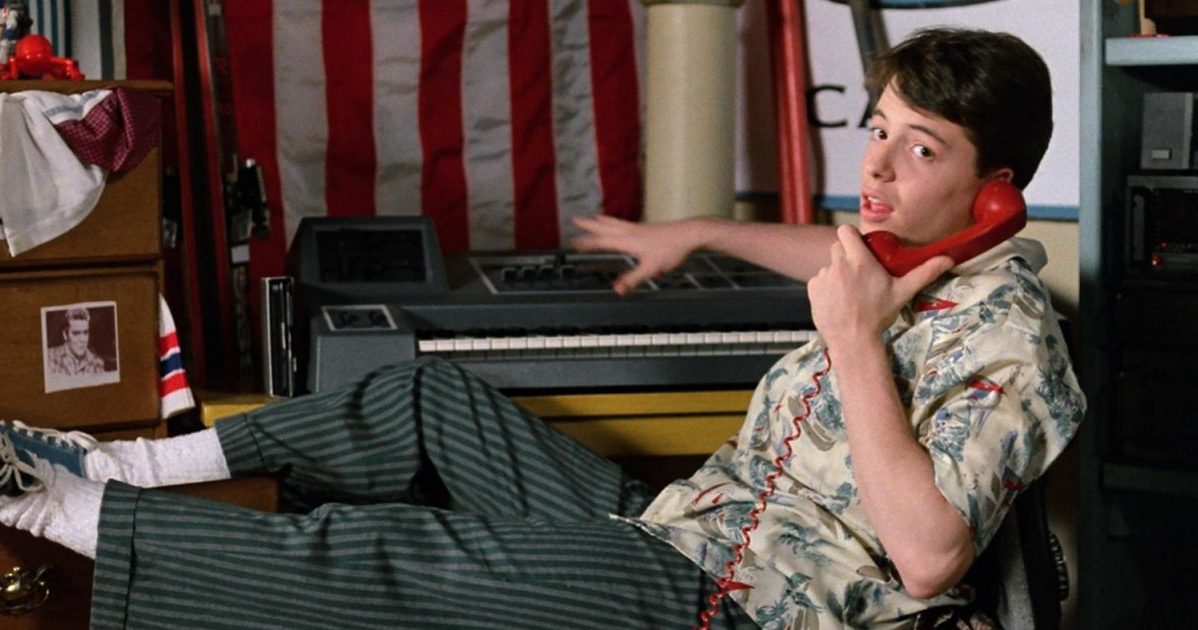
Many recent re-assessments of the film have pointed out some of the title character’s many glaring flaws – notably his alarming sense of entitlement and shallow materialism. We see this demonstrated through repeated complaints that his parents won’t buy him a car. However, we see plenty of the highly expensive gizmos that our clearly well-off hero does have in his possession.
Among these is his high-tech keyboard: an E-mu Emulator, a very advanced synthesizer which at the time retailed for around $8,000. This, of course, should have been more than enough to pay for a car worthy of any first-time driver, so Bueller really needs to stop feeling so sorry for himself.
13. Some of the extras in the parade scene were real Chicago workers
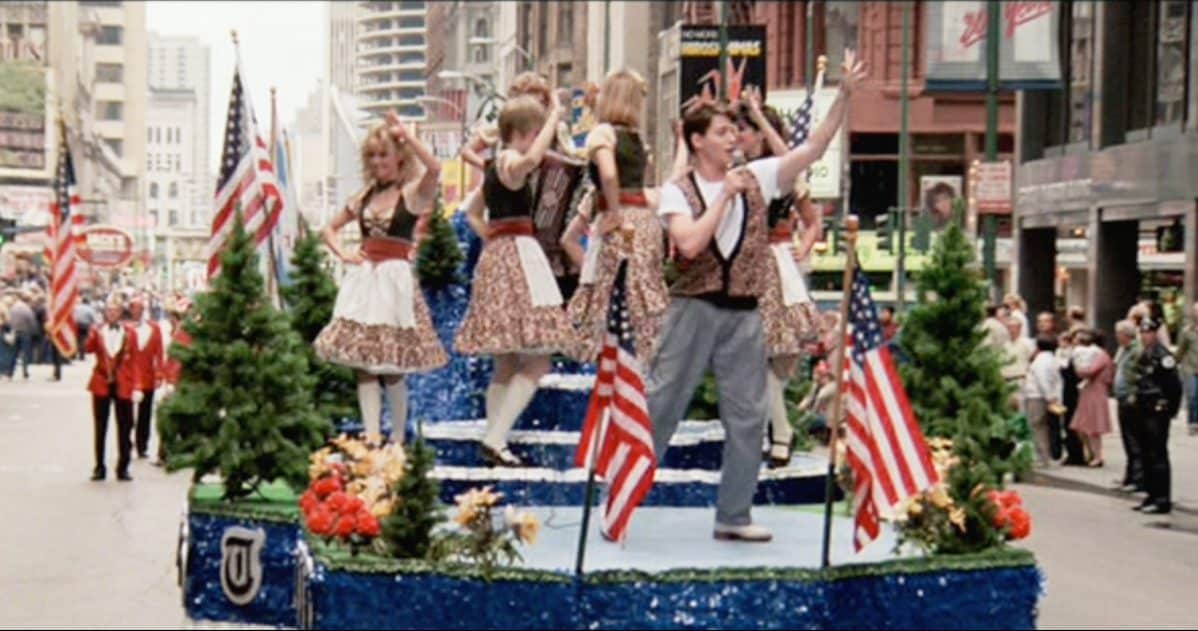
John Hughes was a proud resident of Chicago, and made a point of featuring the city heavily in his films. That’s made obvious when the protagonists high-tail it into the city from the fictional suburb of Shermer. The city streets feature most prominently in the parade sequence, which famously features Twist-and-Shout lip sync.
During this sequence, we see a huge crowd – consisting of everyone from construction workers to businesspeople – dancing along to the music. While many of these were paid extras brought in especially for the film, others were normal folk from the city who happened to be nearby. Hughes loved how natural and spontaneous they were, and insisted on using shots of his impromptu extras in the sequence.
12. The leaves had to be painted to make it look like summer outside
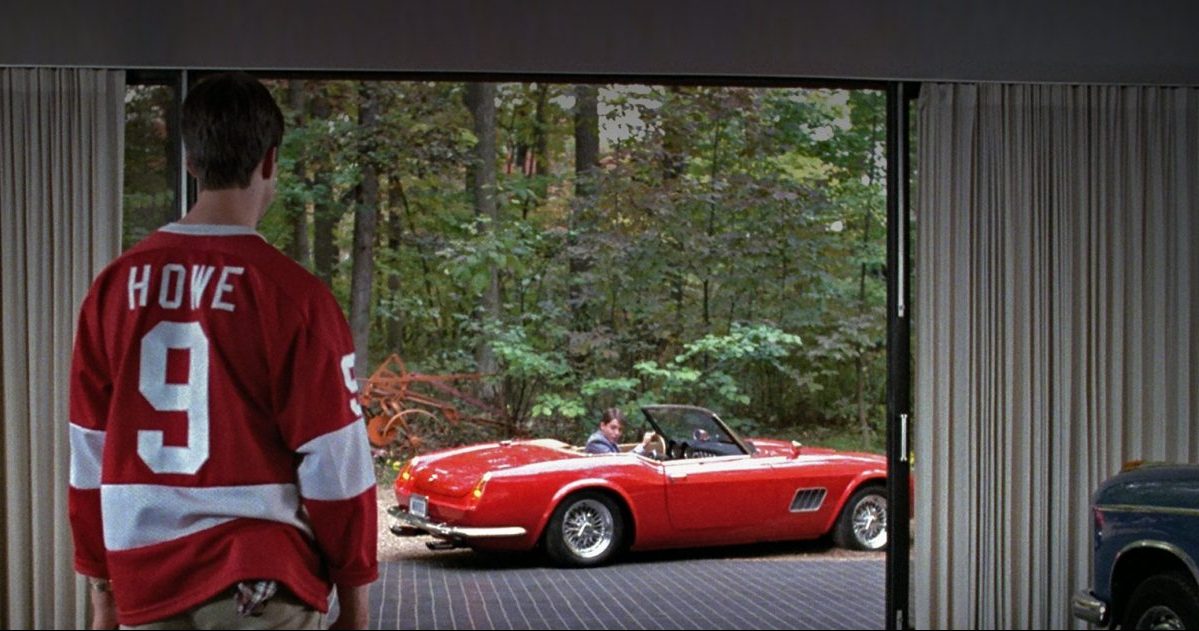
A common problem for filmmakers is when they’re shooting at a different time of year than the time in which the film itself is set. We first meet our trio in the early summer, in the run-up to the end of the school year. However, the film was actually shot in the autumn of 1985, and this was apparent at some times during filming.
The change of the seasons was particularly notable in the scenes which take place in Cameron’s father’s garage. The lavish, glass-backed garage is surrounded by trees, and the leaves were visibly turning brown when the scenes were shot. For this reason, the crew was forced to spray-paint the leaves green to guarantee a summery look.
11. John Hughes wrote the script in just six days
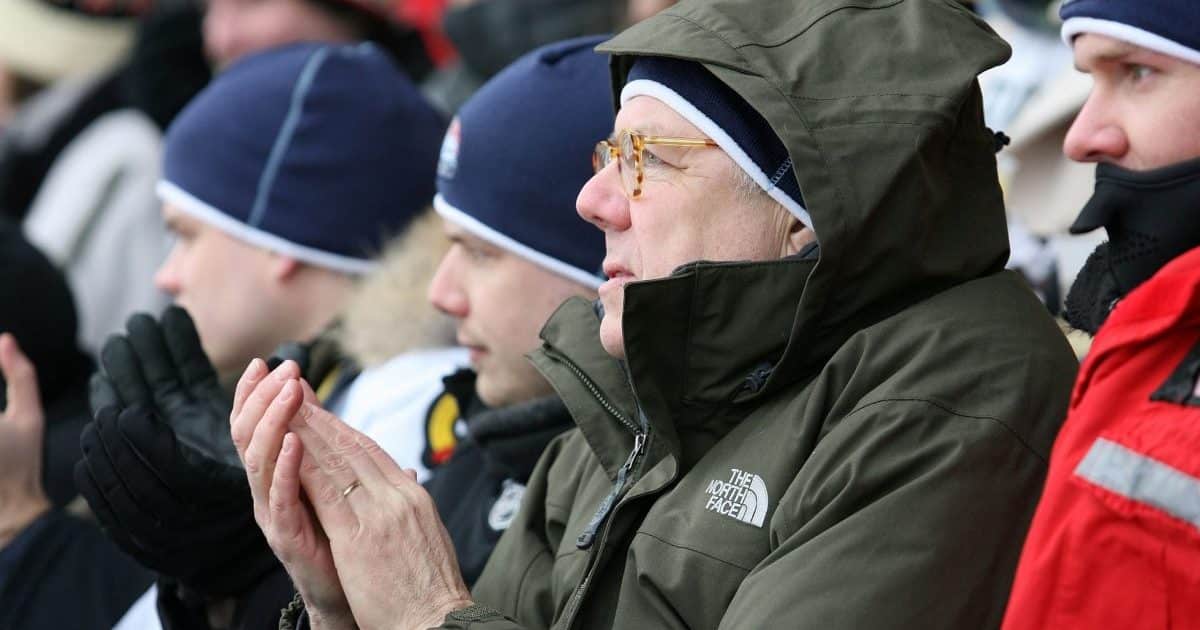
As well as being among the most celebrated comedy directors of the 1980s, John Hughes was a famously prolific writer. All of the most celebrated teen movies which Hughes directed and/or wrote the screenplay for were made between 1984 and 1987. It should go without saying, then, that Hughes worked pretty fast – and this film was no different.
Hughes reportedly completed the screenplay for his fourth film as director in a mere six days. An impressive feat for sure – and it marked the end of Hughes’ run of teen movies (along with 1987’s Some Kind of Wonderful, which he wrote but didn’t direct). Afterwards, Hughes moved away from high school comedies with Planes, Trains and Automobiles, She’s Having a Baby and Uncle Buck.
10. Paul McCartney was upset about the amount of brass on the rendition of Twist and Shout
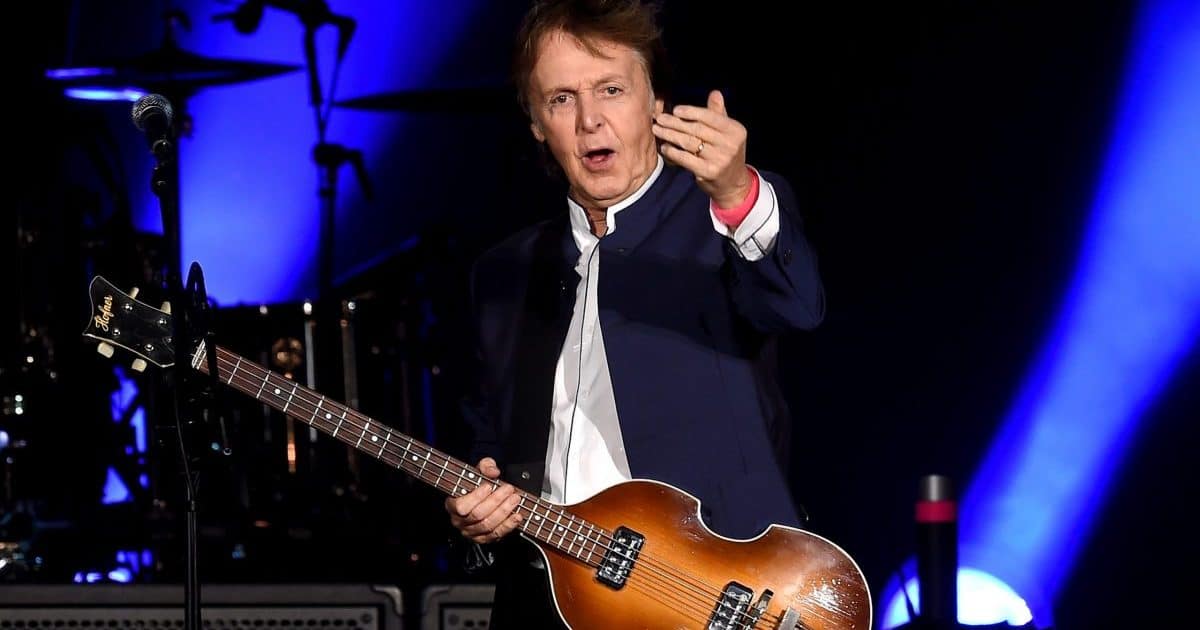
Writer-director John Hughes was a big fan of The Beatles. This should be readily apparent from watching Ferris Bueller’s Day Off, which features a number of references to the legendary British band, including quotes from John Lennon, and most famously Ferris lip-syncing to Twist and Shout in the parade.
Ex-Beatle Paul McCartney gave his permission for The Beatles’ 1963 rendition of the song (previously recorded by The Top Notes and The Isley Brothers) to be available for the movie. However McCartney was reportedly displeased when he saw the film, because the original recording was largely drowned out by a live brass band.
9. Ben Stein’s boring teacher wasn’t going to appear on camera, but the cast and crew found him hilarious
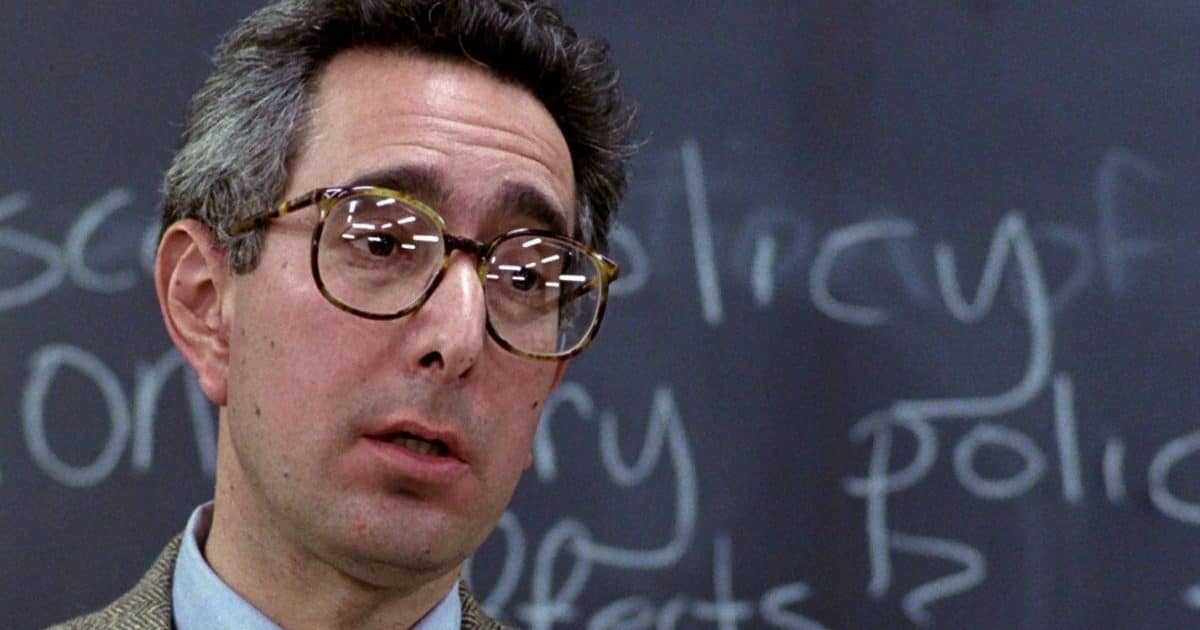
Ben Stein appears in the film as the teacher with the astonishingly dull monotone voice which leaves all his pupils struggling to stay awake. For his part as the world’s most boring teacher, Stein was asked to improvise a lecture on a dull topic which he was well versed in: economics. Originally the plan had been simply to show the pupils drifting off to the sound of his voice.
However, the cast and crew found him so hilarious that director John Hughes decided to show him on camera. As Stein (a former speech writer for Presidents Nixon and Ford) completely ad-libbed his lecture, the only line he reads which came from Hughes script is when he takes the attendance list. Altogether now: “Bueller…?”
8. Anthony Michael Hall says Hughes wrote Ferris for him, but they had a falling out
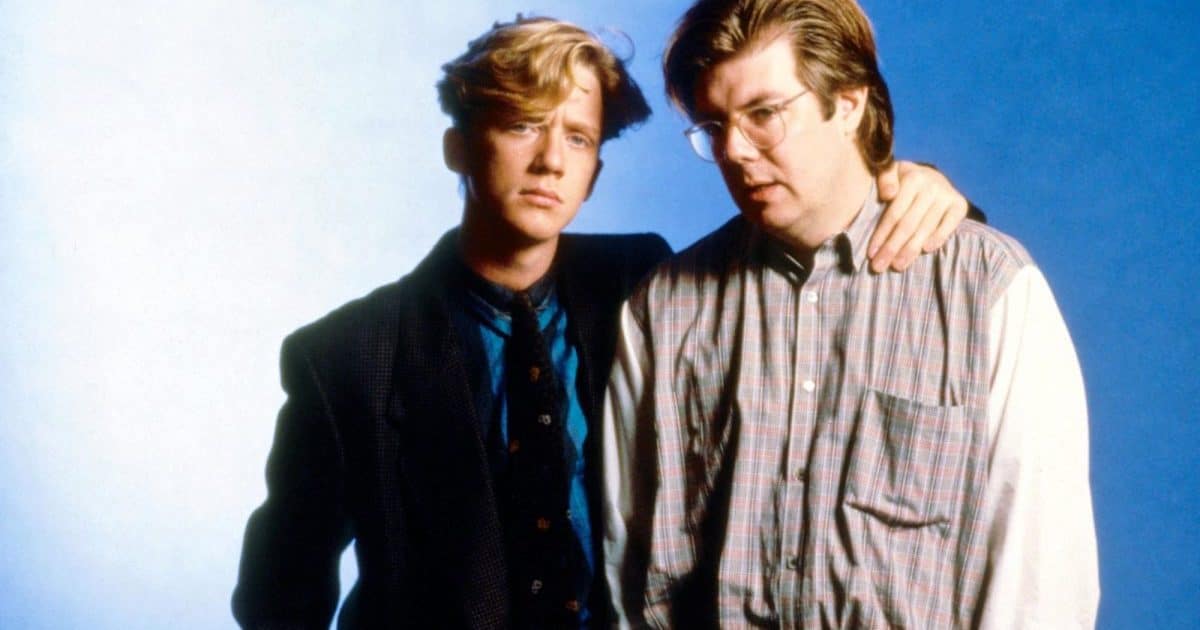
John Hughes may have only directed three times previously, but those three films had notably starred a number of the same actors. Most significantly, all three of Hughes’ earlier films – Sixteen Candles and The Breakfast Club, and 1985’s Weird Science – starred Anthony Michael Hall. For his part, Hall has argued that Hughes had originally wrote Ferris Bueller with him in mind.
However, sometime between the beginning and end of work on Weird Science, the actor and the director had a falling out, and would not work together again. Hughes is of course no longer with us to give his side of the argument, but the writer-director said at the time that he had always intended the title role for Matthew Broderick.
7. John Cusack was seriously considered for the lead role
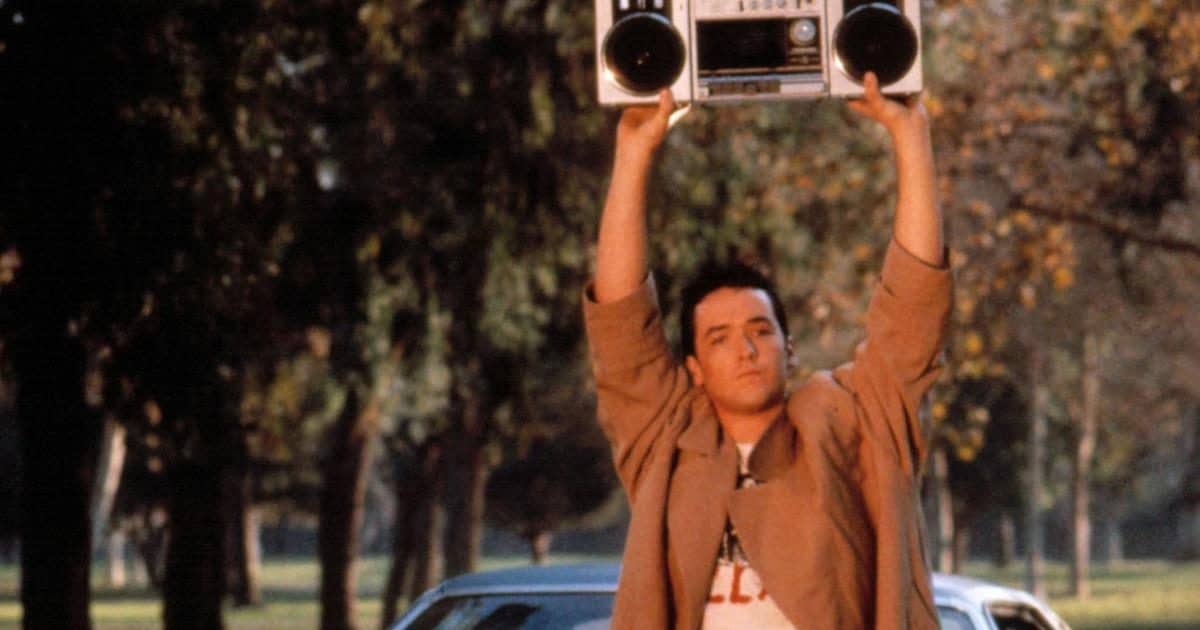
Even though John Hughes said he always wanted Matthew Broderick, another actor came close to being cast in the lead role: John Cusack, who had previously taken a supporting role in Hughes’ 1984 debut Sixteen Candles. Cusack was on the ascent in teen movies at the time, after taking lead roles in 1985’s Better Off Dead and The Sure Thing.
Reportedly, Cusack was the only other actor seriously considered for Ferris Bueller by the film’s casting department, but Hughes ultimately picked Broderick. 1986 instead saw the newly available Cusack appear in Stand by Me and One Crazy Summer. Other actors said to have briefly been contenders for Ferris include Tom Cruise, Michael J. Fox, Jim Carrey and Johnny Depp.
6. Cameron’s father’s Ferrari was actually a replica
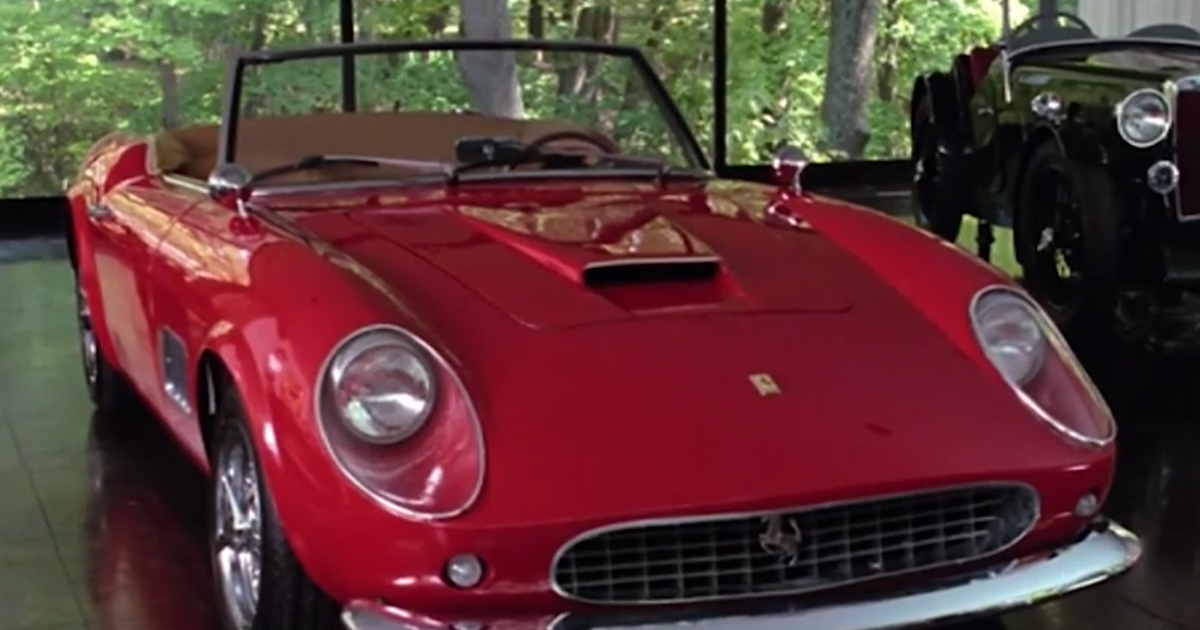
As much as Ferris Bueller’s Day Off is remembered for its cast, there’s one inanimate object that’s every bit as much of a driving force in the movie: the red 1961 Ferrari 250 GT California Spyder owned by Cameron’s father, which that manipulative little weasel Ferris persuades Cameron to let him ‘borrow’ for the day.
Infamously, the film ends with this extremely rare and expensive car coming to a messy demise. It’s perhaps for the best, then, that for the bulk of the scenes in which the car is featured, it wasn’t a real 1961 Ferrari. While the genuine car was used for certain close-up shots, the rest of the time – including the explosive finale, of course – they used replicas.
5. An original song by The Cure was recorded for the gallery scene, but was never used
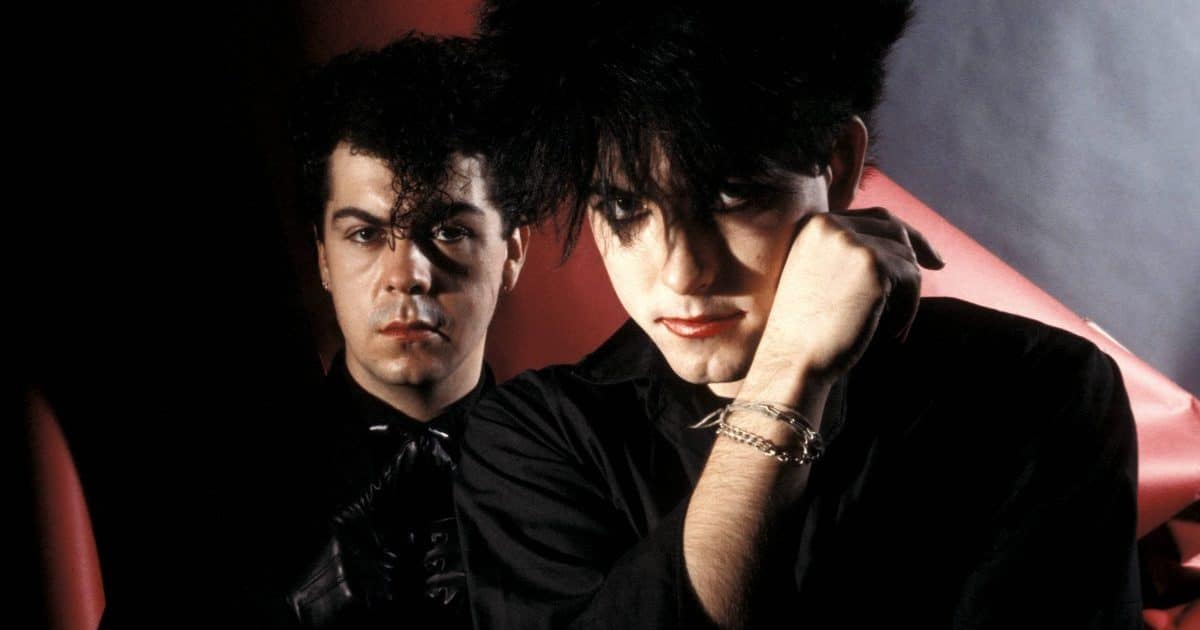
John Hughes’ 80s teen movies are famous for their use of songs by popular bands of the time. The Ferris Bueller’s Day Off soundtrack was originally poised to feature another band well-loved by teens at the time: The Cure. The cult British rock band fronted by singer-songwriter Robert Smith had recorded an original track intended to be used in the film’s introspective art gallery sequence.
However, The Cure had been enlisted to record the track by music supervisor David Anderle. When Anderle was fired after disagreements with John Hughes, he took the copyright to The Cure’s song with him. The filmmakers had to find new music for the art gallery scene, eventually choosing The Dream Academy’s instrumental cover of The Smiths’ song Please, Please, Please, Let Me Get What I Want.
4. Alan Ruck admits he used to hate the film
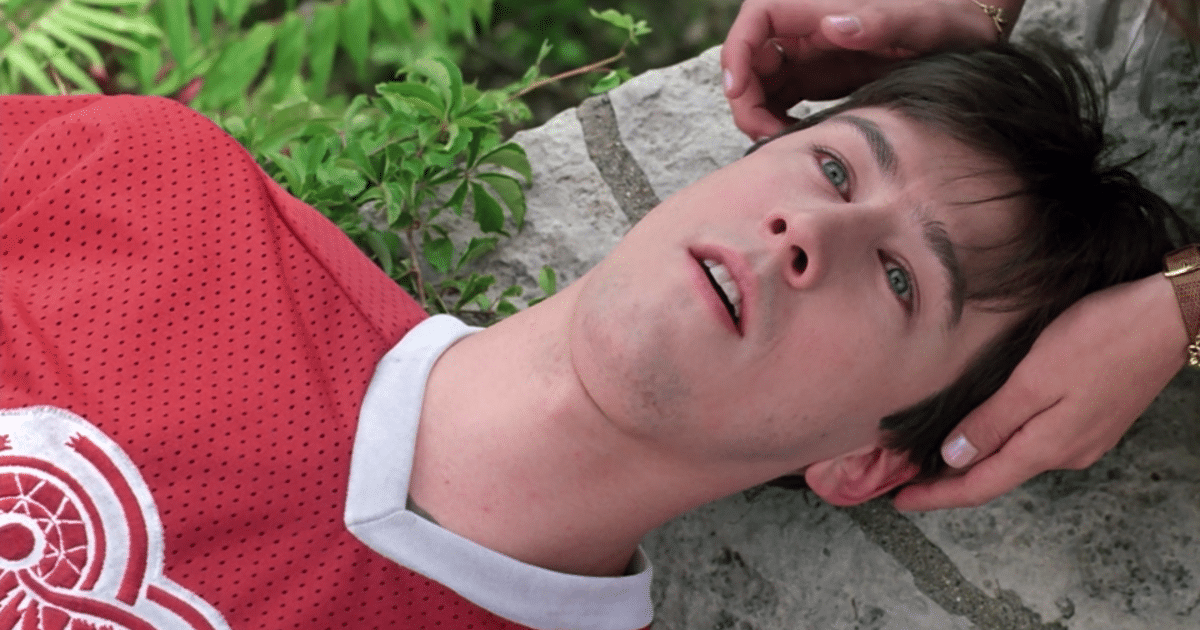
While every actor dreams of making it big with a movie that touches people, this can prove to be a double-edged sword. This proved to be the case for Alan Ruck, whose role as Cameron was the biggest break of his career – and reached a height he’s never quite been able to get back to.
Ruck admitted in 2015, “There was a short period in my life where I hated that movie. I couldn’t get any other work,” which left him feeling like a “one-trick pony.” He went on to take supporting roles in Speed and Twister, and most recently appeared in TV miniseries The Dropout.
3. There’s a popular fan theory that Ferris is just a figment of Cameron’s imagination
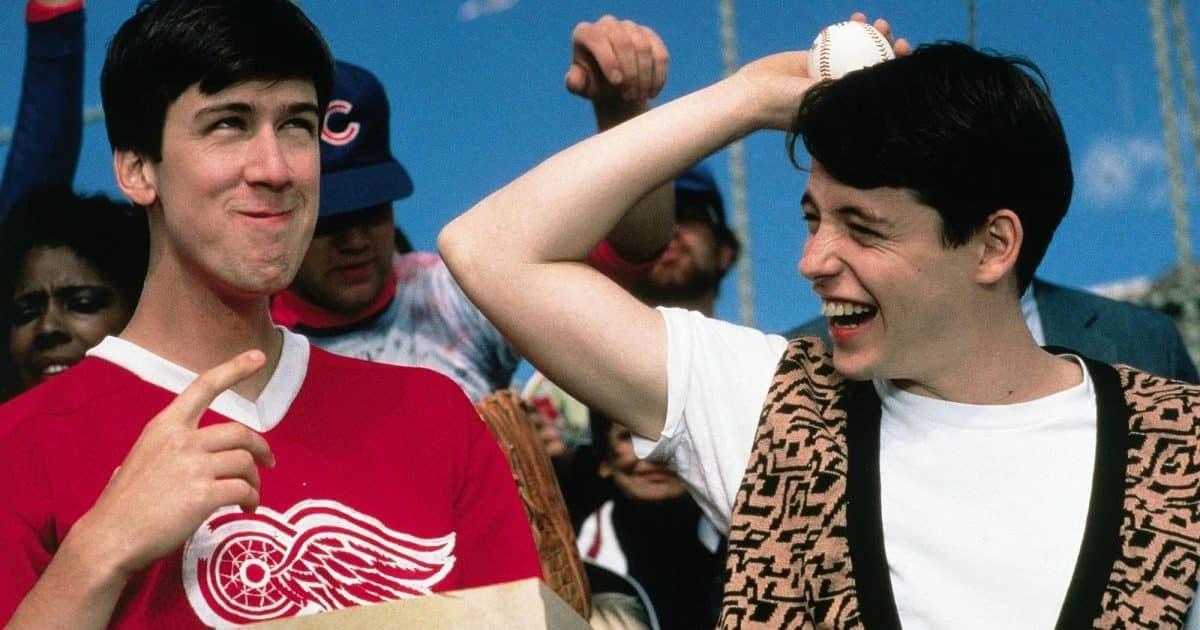
There are no shortage of wacky film fan theories all over the internet, but one of the most widely-shared and enduring of these is the Ferris Bueller/Fight Club theory. Spoilers ahead for anyone who hasn’t seen David Fincher’s 1999 cult classic Fight Club: the film’s final reels reveal that Brad Pitt’s Tyler Durden and Edward Norton’s unnamed protagonist are in fact the same person.
For years now, fans have argued that this is also the case for Ferris and Cameron. The argument goes that, much as how Pitt’s Fight Club character is the wild, unfiltered side of Norton’s character, Ferris is the uninhibited side of the repressed Cameron. When asked about this theory, Alan Ruck laughed, “I hope someone got their doctorate [coming up with] that. That’s very clever.”
2. A sequel was discussed, but never got off the ground
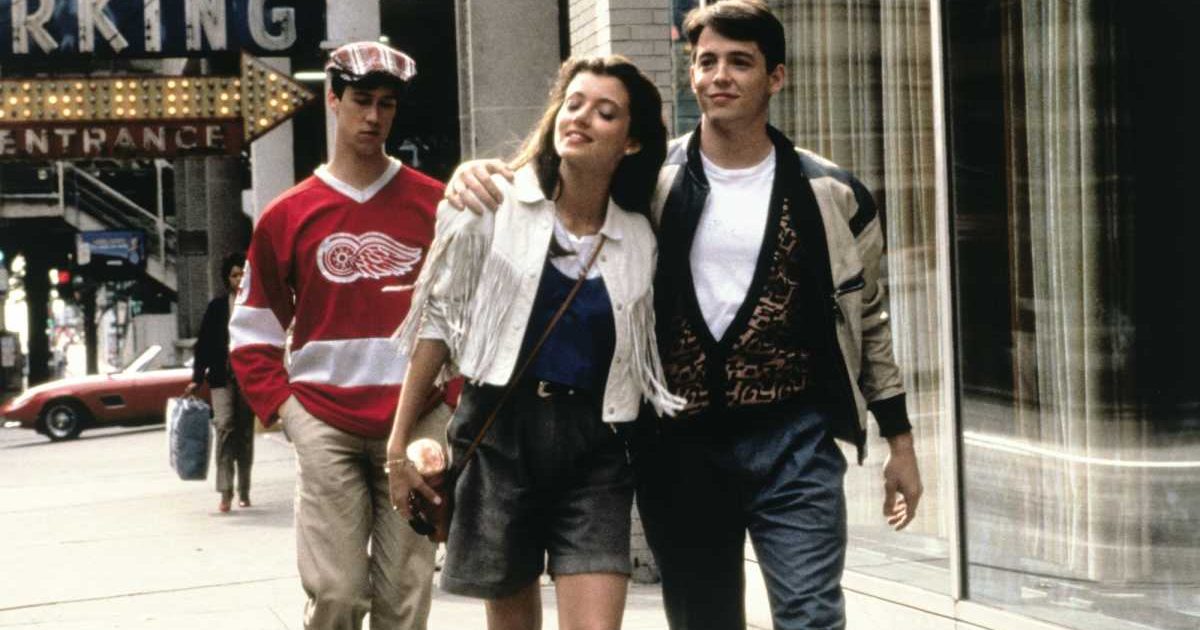
Matthew Broderick admitted that he and John Hughes remained in touch after making the film, and discussed the possibility of a follow-up: “We thought about a sequel to Ferris Bueller, where he’d be in college or at his first job… [but] neither of us found a very exciting hook to that. The movie is about a singular time in your life.”
Sequel plans were doubtless also compounded by John Hughes’ retreat from Hollywood in the 90s. While Hughes continued to write screenplays (notably the Home Alone movies and 101 Dalmatians), he didn’t direct again after 1991 flop Curly Sue. However, although no Ferris Bueller sequel ever happened, the character did return in a different capacity…
1. There was a short-lived Ferris Bueller TV series that co-starred Jennifer Aniston
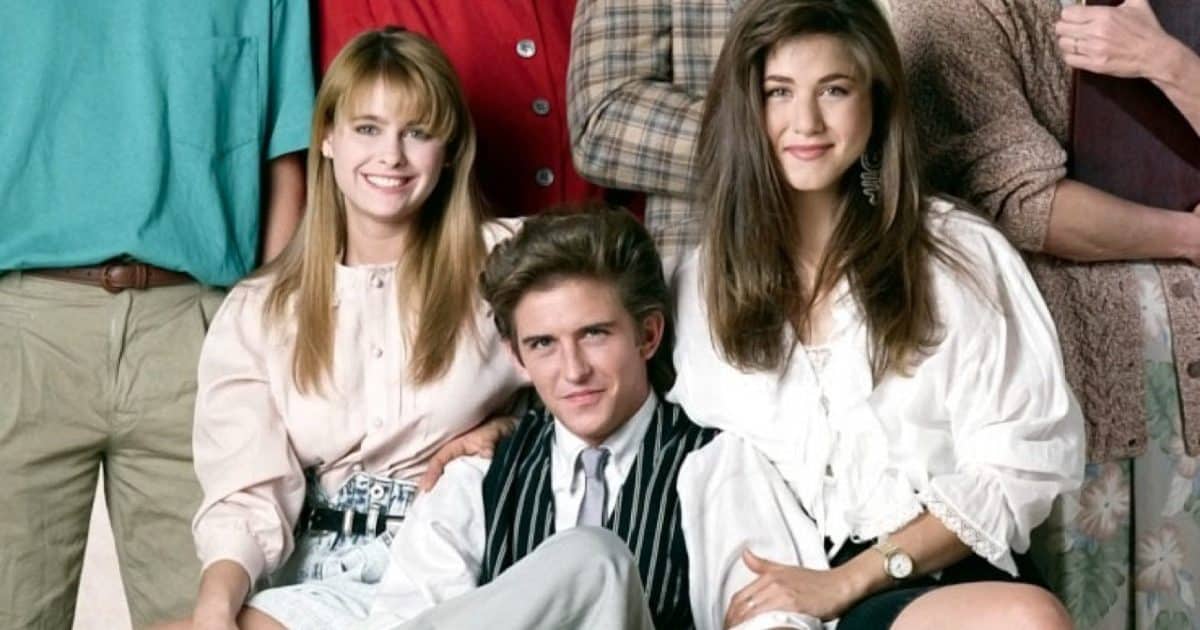
In 1990, TV network NBC released a Ferris Bueller sitcom. The show was made without the involvement of anyone from the movie, and saw actor Charlie Schlatter take over from Matthew Broderick in the title role. Today, the series is most notable for seeing Jennifer Aniston play Jeanie, just a few years before Aniston struck sitcom gold with Friends.
Ferris Bueller tried to develop the fourth-wall breaking humour of the movie, by suggesting that the sitcom was the ‘true story’ on which the movie was based. However, as with many TV shows based on movies, it did not meet a warm reception from audiences or critics. It was cancelled after 13 episodes due to poor ratings.

